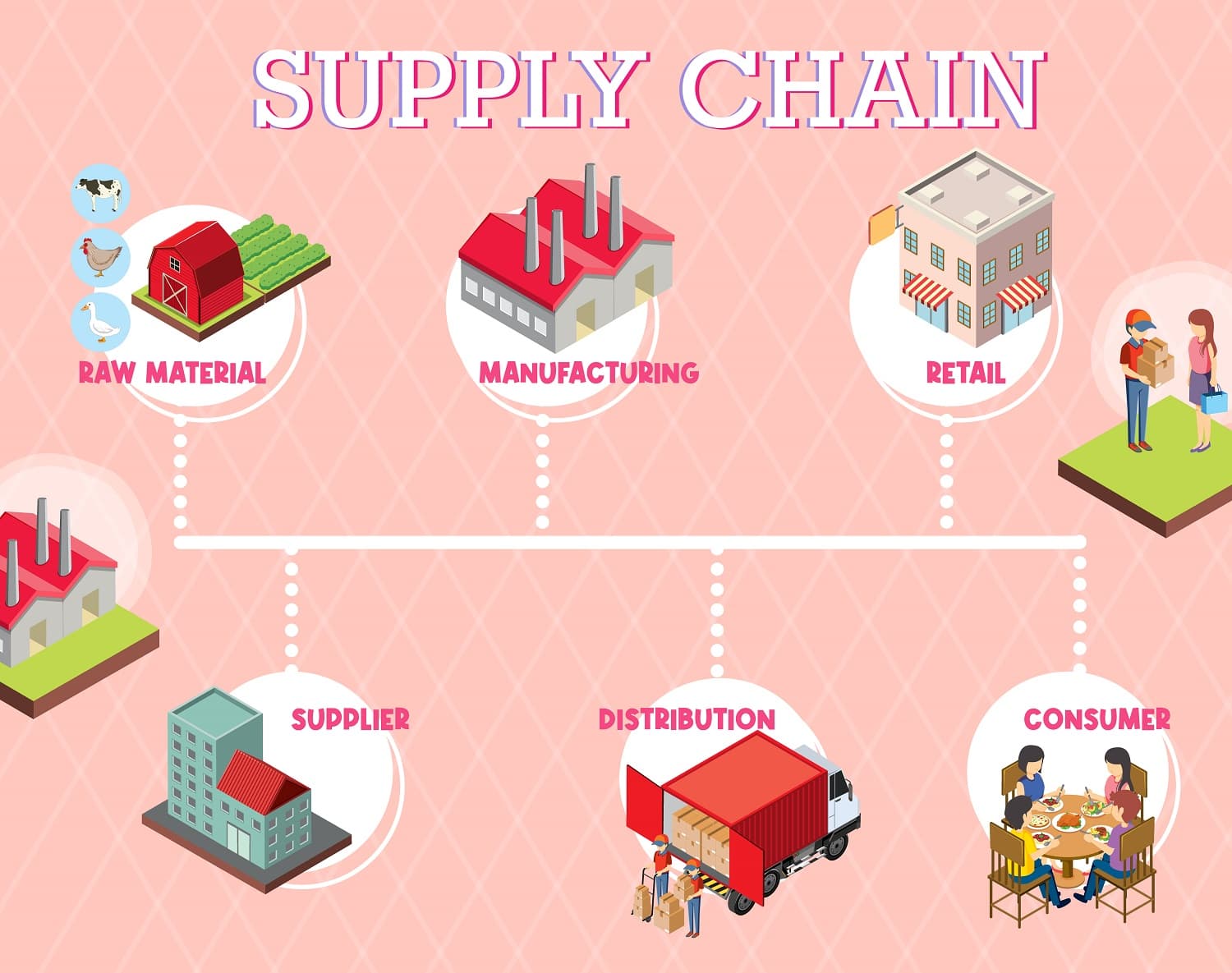Scarcity and Value: Just as products that are in limited supply can command higher prices, qualities or traits that are rare in people—like kindness, honesty, or reliability—are often more valued. When you consistently demonstrate these traits, you become more sought after in relationships.
Balancing Give and Take: In relationships, there is often a balance of what each person offers and receives. If one person is consistently giving much more than they are receiving, the “supply” of their goodwill may diminish, leading to emotional exhaustion. Recognizing this imbalance is crucial for maintaining healthy connections.
Setting Boundaries: Knowing your worth and what you bring to relationships can help you set boundaries. If someone consistently demands more than they give, you may need to reassess the relationship. Just like in a market, if the demand for your emotional energy exceeds your supply, it’s important to protect yourself.
Mutual Investment: Healthy relationships thrive on mutual investment. When both parties feel valued and appreciated, it creates a strong bond. Like in supply and demand, when both sides contribute equally, the relationship flourishes, leading to satisfaction for both parties.
Change in Dynamics: Just as market conditions can change, so can relationships. People grow and evolve, and their needs may change over time. Being aware of these shifts can help maintain balance and ensure that both parties feel fulfilled.
In summary, applying the law of demand and supply to relationships encourages awareness of how much you give and receive, helping you foster healthier, more balanced connections with others.


